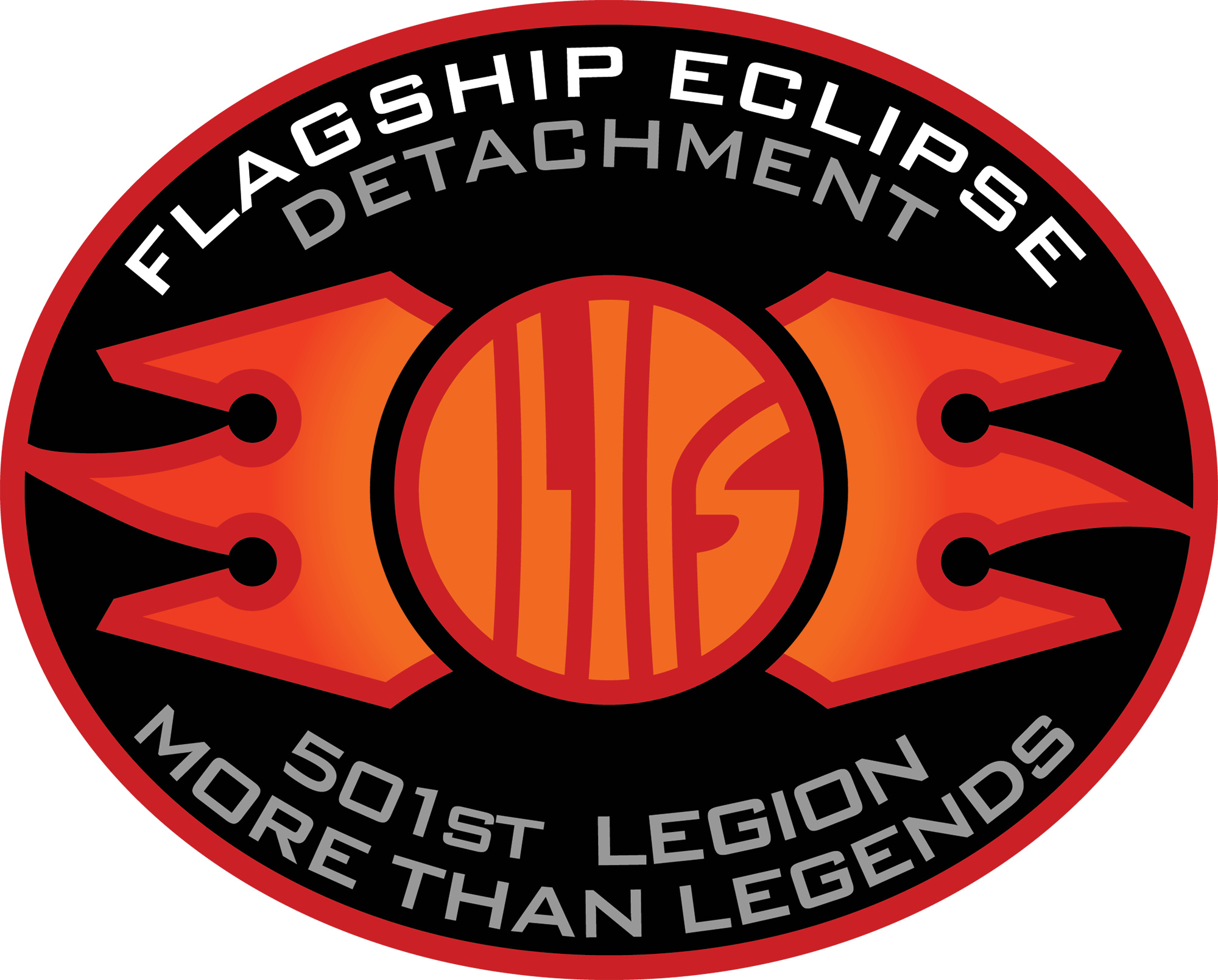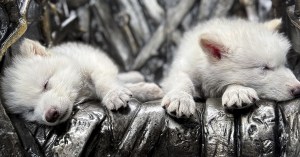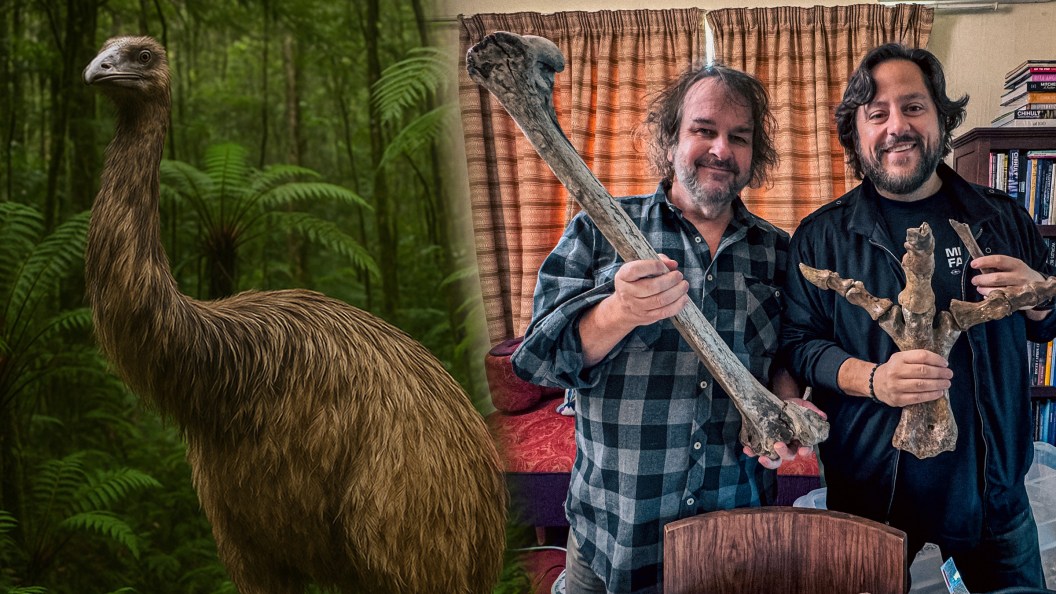
The team at Colossal Biosciences has been hard at work on a number of high-profile projects, including the recently revealed de-extinction of the Dire Wolves, but they are truly just getting started, and their latest initiative could be one of their most impactful ones yet. Today Colossal announced a new initiative with the Ngāi Tahu Research Centre that looks to not only have a major impact on the Ngāi Tahu community but also seeks to resurrect the extinct South Island Giant Moa. The Giant Moa is a truly unique bird that is inextricably tied to the Māori tribe and to New Zealand as a whole, and now along with all nine species of Moa, it could make a return to the world. ComicBook had the chance to speak to Colossal CEO and co-founder Ben Lamm, Ngāi Tahu archaeologist Kyle Davis, and Colossal investor and famed director Peter Jackson all about this unique partnership, its impact, and how the Moa compares to another current favorite species from the past, the Dinosaurs. Plus, we just had to get an update on everyone’s favorite little Dire Wolves (though they aren’t exactly little anymore these days). You can watch an introduction to the de-extinction of the Moa below.
A New Kind of Partnership (And Jurassic World: Rebirth)
This is a truly unique partnership for Colossal, as not only will they be working with the Ngāi Tahu Research Centre, but the Centre will actually direct all aspects of the project. This also allows Colossal to integrate Māori knowledge and the Research Centre’s extensive history of species protection and research. Colossal Biosciences is also committing to a large investment in New Zealand to build biotechnology and protect New Zealand’s unique biological heritage, which includes flora and fauna found nowhere else. Lamm broke down how the project got started, and Jackson played a crucial part in the process.
“I’ve known Peter for about probably two years and got introduced to Michael Dougherty, who we love dearly, and Michael, long-term friends with Peter and Fran, we got introduced. Peter invested in the business with the small asterisk of we have to earmark all of these dollars for the Moa, and you know, as a fan of de-extinction and even though I’m not from New Zealand, just absolutely was fascinated with the Moa. It was the largest bird that ever lived. It’s completely flightless, but unlike many flightless birds, doesn’t even have wings,” Lamm said. “And so it’s truly unique, and its feathers are almost like hairs. You know, Jurassic World: Rebirth just launched, so I think dinosaurs are on everyone’s mind. I think it’s pretty much the closest thing to dinosaurs that we as humans interacted with.”

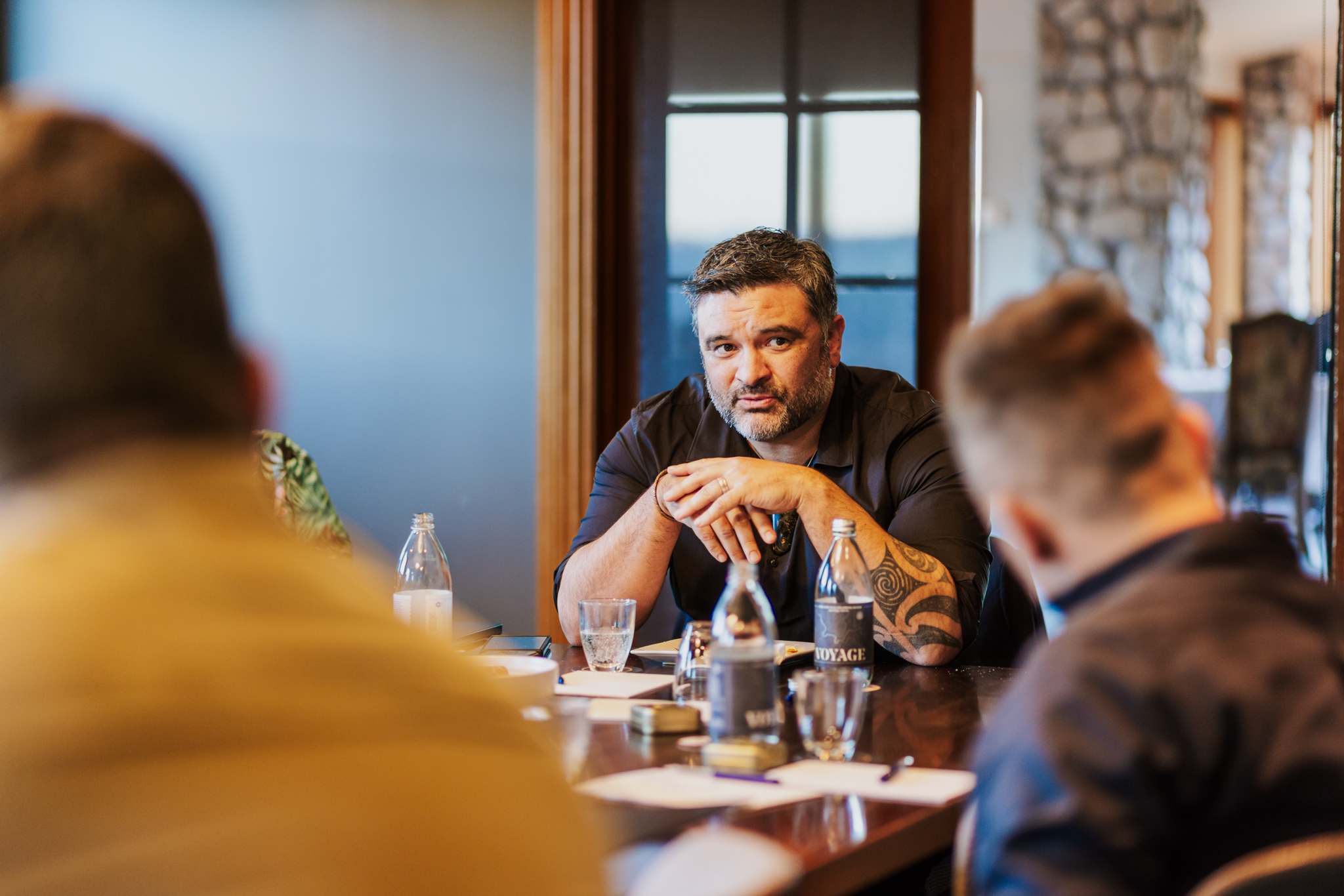

“The opportunity for us to work on this project, which we started last October, doing sampling and going down and spending time in New Zealand, really was made possible by Peter making all these introductions, including to the Ngāi Tahu Research center, and Kyle and Paul from Canterbury Museum and others,” Lamm said. “This is a different type of project, and we’ve gone so deep and worked so closely with the Ngāi Tahu as well as the museums there, that unlike a lot of projects that we work on, where we just have a kind of collaboration, but it’s kind of a loose collaboration, everyone’s doing their day jobs. This has been so deep for us where, we’ve gotten to understand the history, the cultural importance, and the spiritual significance. And so we’ve gone much, much deeper on this project.”
“Because we look at it as not just as a collaboration with the Ngāi Tahu Research Centre, but they are the true leaders of the project. They are the stewards of these sacred species, and so for us, we are looking at it as almost like they’re a board of directors on this project and we are working, you know, underneath them and supporting their wishes and goals,” Lamm said. “And what’s interesting about that is you would think that’d be restrictive. It’s been exactly opposite where we’ve gone so much deeper. The last time I went to New Zealand, I came back with a massive Māori painting and I’m having to change my entire living room. I just told my wife. I was like, you know, this is all going away because we’re hanging this, and so it’s really become a deeply embedded project for us spiritually.”
The Return of the South Island Giant Moa (And Why It Matters)

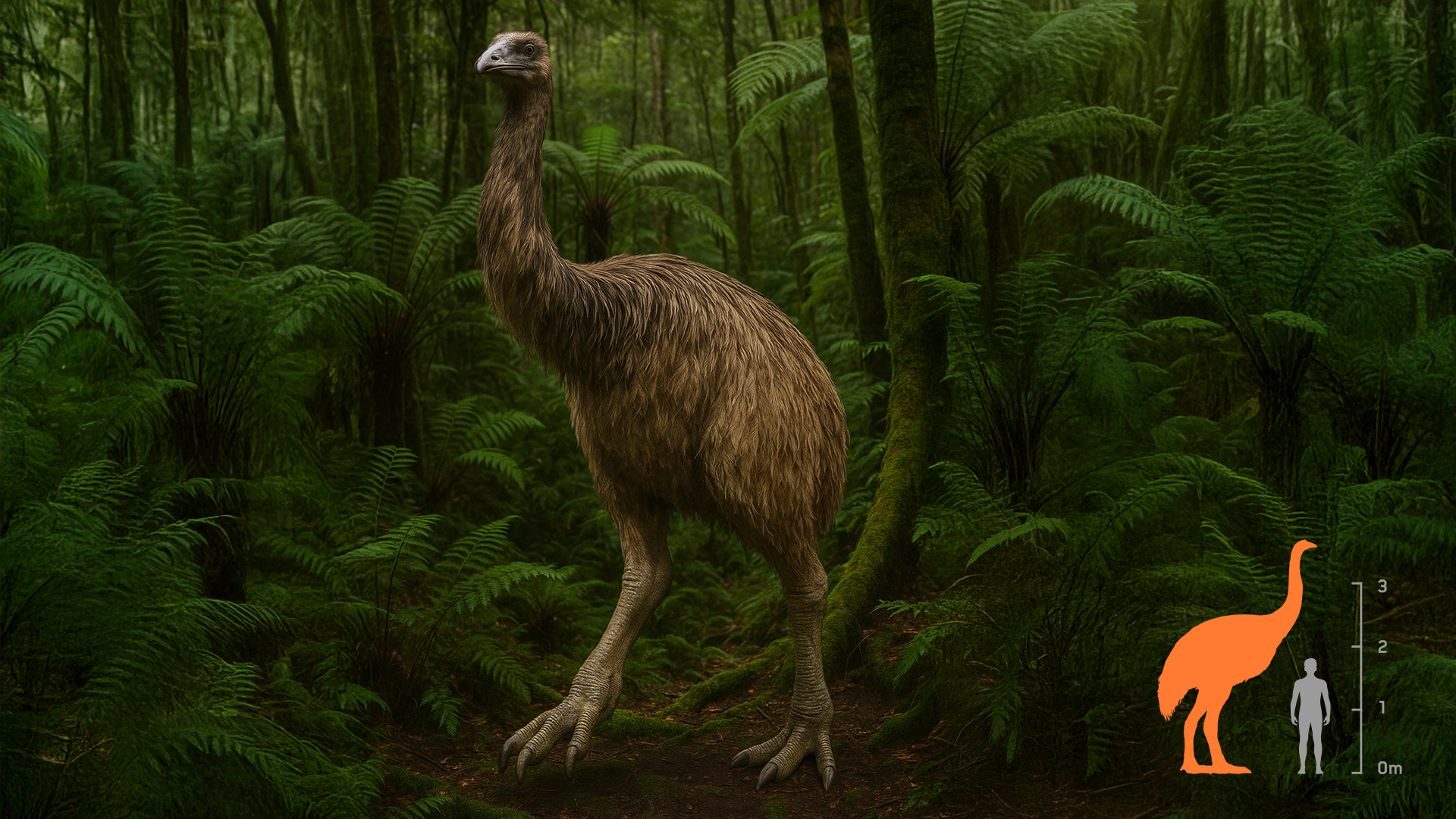
At the moment Colossal is working on bringing back the Wooly Mammoth, the Thesyaline, and the Dodo, and that’s on top of their recent efforts to bring back the Dire Wolves and increase the population of Red Wolves. Now it turns its attention to the Giant Moa, a creature that was incredibly important to the Ngāi Tahu and their history. That said, it’s not just the Giant Moa that’s being resurrected, as all nine species of Moa are also making a return.
“There’s nine species of Moa and we want to do the genome, we want to extract the genome of all nine species because that alone will give people so much to work on in terms of what the history of the Moa was,” Jackson said. “At the moment it’s really just bones that they’re working with, because the Moa existed for thousands and thousands of years here. Tens of thousands, millions of years, I think. So there’s a long, long history and just like a genome, if you’ve sent your DNA to one of the ancestry sites and they come back and they show you the whole progression of your lineage through different countries, you know, in the 14th century and the 12th century, the genome contains the history of a particular species, and so if we can study the genome of all nine Moas, that’s going to be a huge, a huge plus for New Zealand archaeologists and scientists.”
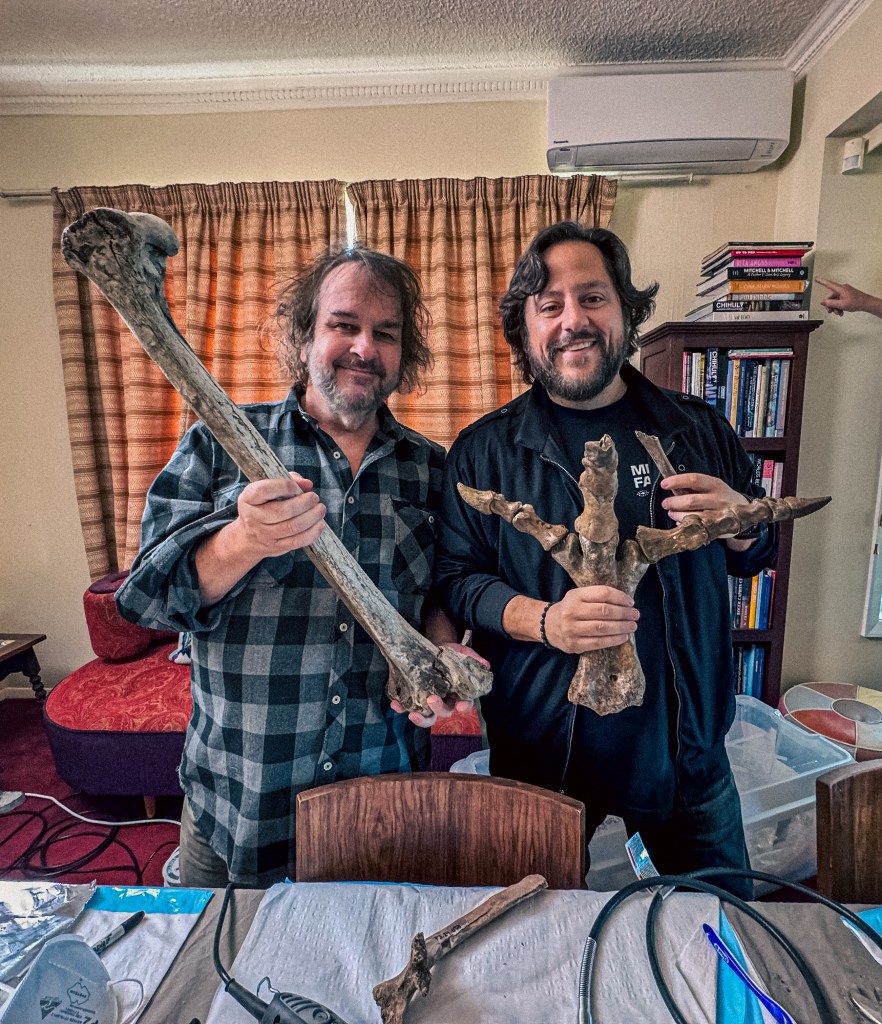
“But certainly the one that we’re aiming to bring back is the South Island Giant Moa, which was why it’s important that Ngāi Tahu were involved, which is the south island tribe, the largest tribe down in the South Island, and Kyle can speak to this, but the Moa was of such importance to the Māori people when they arrived here in about 1290, 1300 AD,” Jackson said. “They were suddenly confronted with this huge source of protein, because I read somewhere that when the first Māori arrived, although they were Polynesians then, they became Māori partly through consuming the Moa. All that protein changed them physically. They had existed on fish and largely a fish diet, and I don’t know what other proteins there would have been in Polynesia back then, but certainly, the Moa was just this extraordinary source of protein that they had, that they ate. And the feathers and the fur and skin, the skin provided clothing, the bones provided tools, and so it was incredibly important to the Māori people. In fact, it was the establishment of the Māori people in a way.”
When asked what it will be like when the Moa isn’t just something we research but actually see once again in person, Davis said, “Well, it’s a game changer and we’re looking for a shock, the world style moment that inspires people in all manner of things into science, technology, careers, increased interaction with nature. There’s a whole slew of things. Peter?
The Pack is Complete

Now we couldn’t step away without getting an update on the Dire Wolves that took the world by storm earlier this year, which includes Remus, Romulus, and Khaleesi. Since their reveal to the public, they are doing well, and are now together as part of the same pack.
“They’re good. They’re good. Remus and Romulus now have surpassed over a hundred pounds, and we just integrated Khaleesi into the pack. And we’re doing a, we’re working on a video and capturing all of that, and so hopefully later this month or early August, we’ll kind of share that with the world, but the integration went really well,” Lamm said. “And so now they’re all together, which is awesome, and yeah, they’re doing great.”
You can find even more information on the return of the Moa and this one-of-a-kind project on Colossal’s official website, and you can find more about the Ngāi Tahu Research Centre right here.
The post Peter Jackson and Colossal’s Ben Lamm Break Down Impact of Giant Moa De-Extinction, Dinosaur Comparisons, and Update on Dire Wolves appeared first on ComicBook.com.
